A 24v battery is a type of battery that operates at a voltage of 24 volts. It is commonly used in a variety of applications that require a higher voltage than traditional household batteries. A 24v battery can provide a reliable source of power for various devices and systems, offering a balance between voltage and capacity. One of the key advantages of a 24v battery is its versatility. It can be used in both consumer and industrial settings, powering a wide range of equipment such as electric vehicles, marine electronics, backup power systems, and more. The 24v voltage rating allows for efficient power delivery while maintaining a manageable battery size.
Types of 24v batteries
There are several types of 24v batteries available in the market, each designed for specific applications. Lithium 24v batteries are known for their high energy density, lightweight construction, and long cycle life. They are commonly used in portable electronics, electric vehicles, and renewable energy systems. 24v batteries deep cycle are designed to provide a steady amount of power over an extended period. They are commonly used in recreational vehicles, boats, and off-grid solar systems. Deep cycle batteries can withstand frequent deep discharges and recharge without significant performance degradation.
24v batteries for trolling motor is specifically designed to power electric trolling motors used in boating and fishing. These batteries are often deep-cycle batteries optimized for continuous power delivery and durability in marine environments. 24v batteries for electric bike require batteries with higher power output and energy density. These batteries are commonly lithium-ion-based and provide bursts of power for acceleration and uphill climbs. They are designed to integrate with the bike's electrical system and offer a balance between performance and weight.
How to charge a 24v battery?
24v batteries based on rechargeable chemistries, such as lead-acid and lithium-ion, are rechargeable. Charging a 24v battery requires a suitable 24v battery charger that matches the battery's chemistry and voltage rating. Ensure that the charging area is well-ventilated and free from any potential hazards. Connect the positive (+) and negative (-) terminals of the 24v battery charger to the corresponding terminals on the 24v battery rechargeable. Follow the manufacturer's instructions to set the charging parameters, such as charging current and voltage limits, based on the battery chemistry. Plug in the charger to a power source and initiate the charging process. Monitor the charging progress and ensure that the battery does not overheat. Some chargers may have built-in safety features to prevent overcharging. Once the battery is fully charged, disconnect the charger from the power source and remove the connections from the battery terminals.



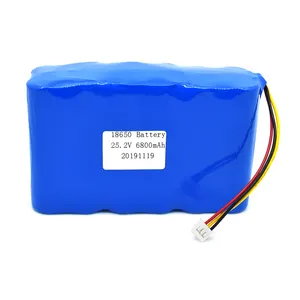



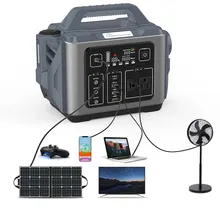






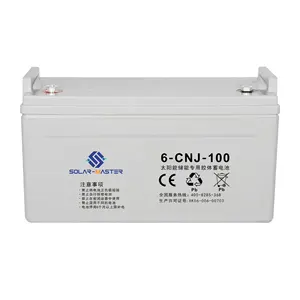

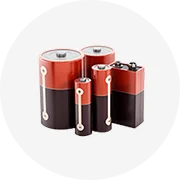
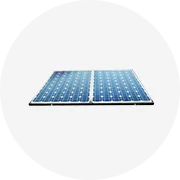
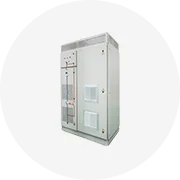


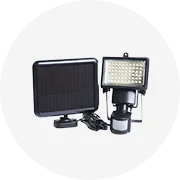
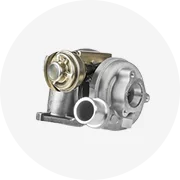
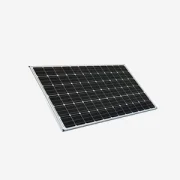








 浙公网安备 33010002000092号
浙公网安备 33010002000092号 浙B2-20120091-4
浙B2-20120091-4